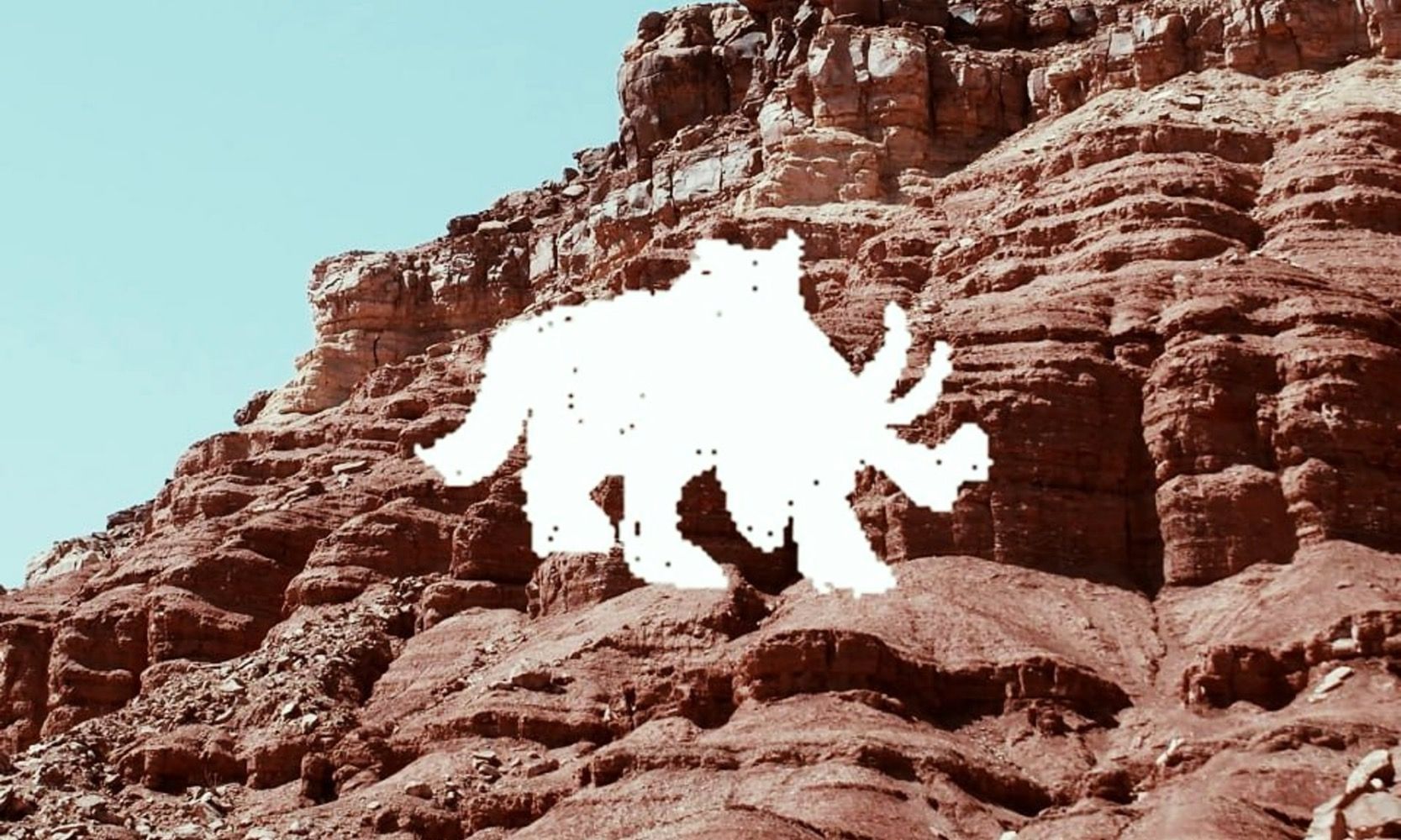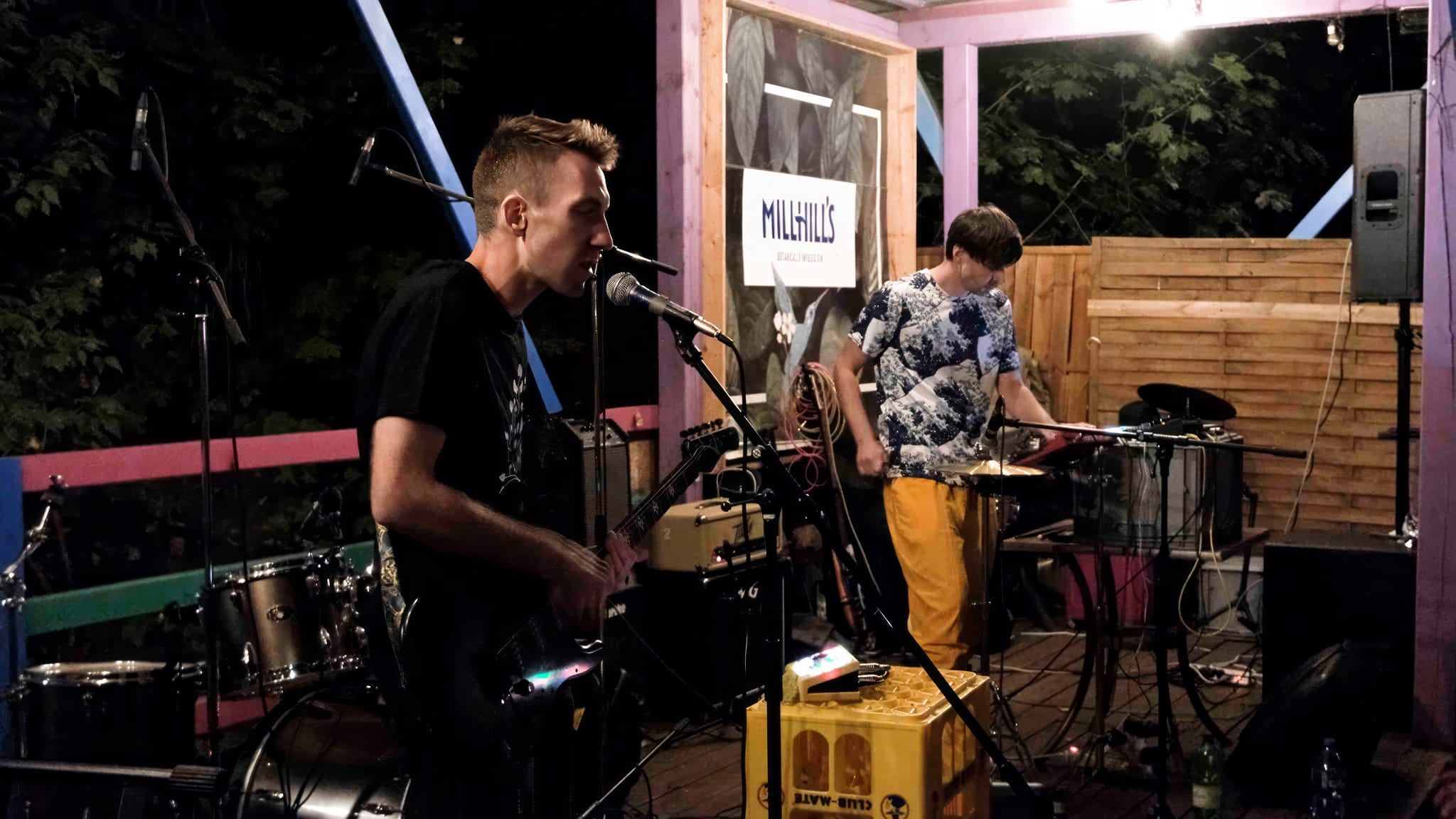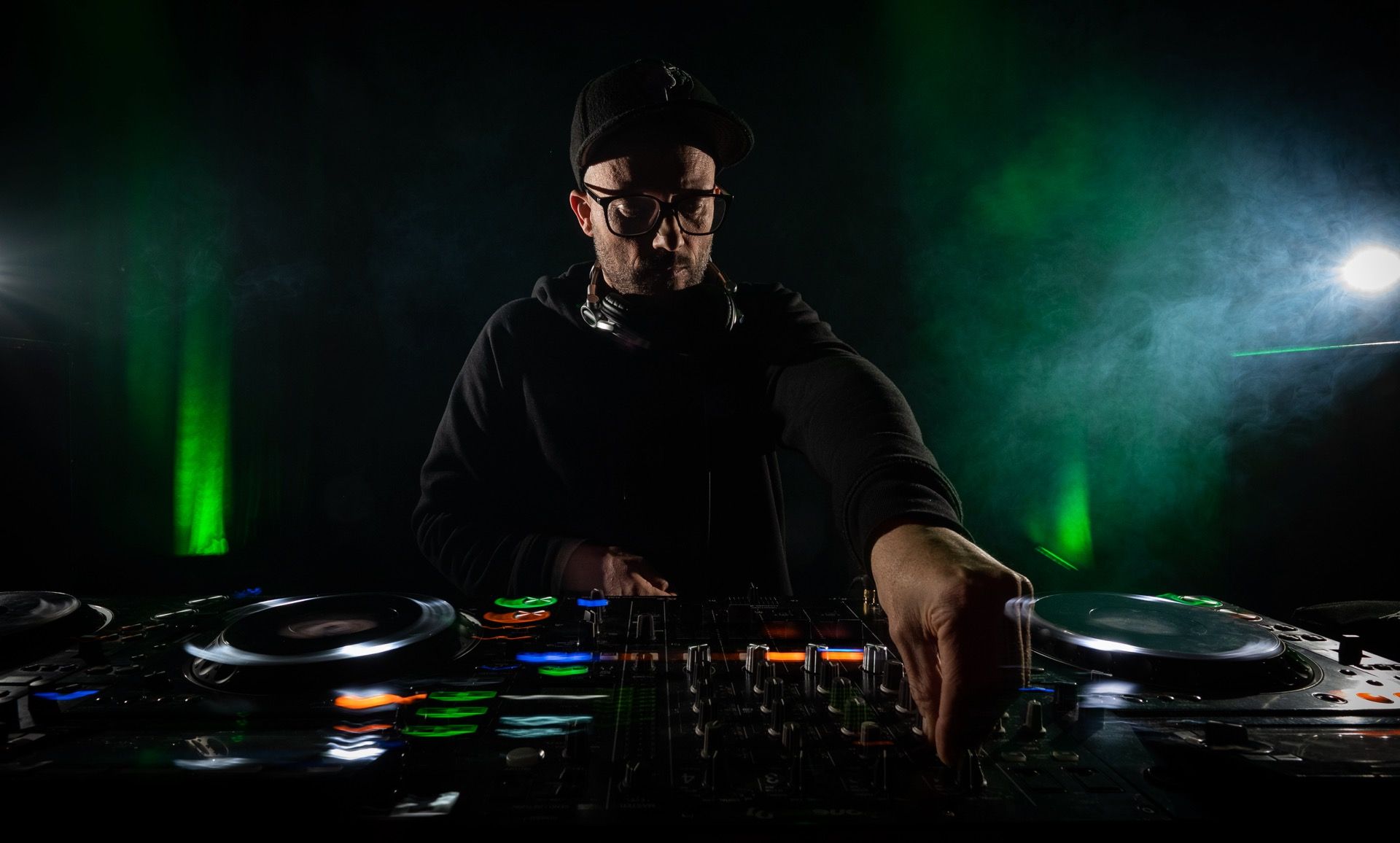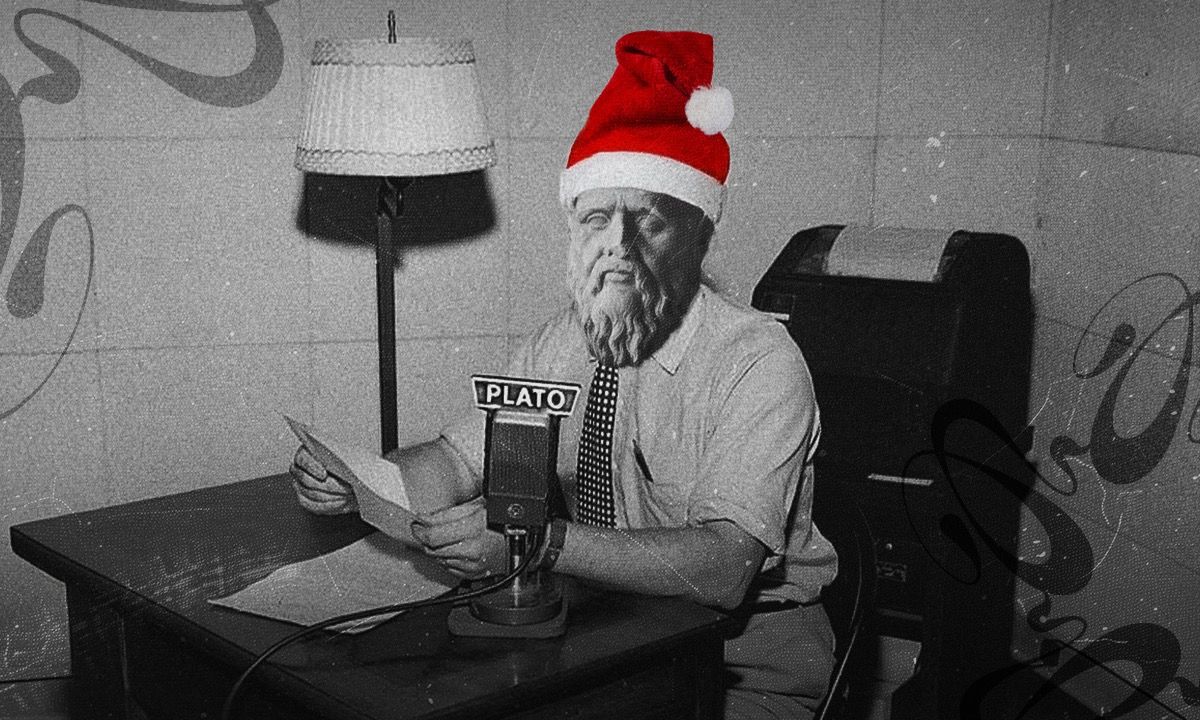Schedule
04:00 - 07:00
Boogie
Playlist
Oldies / Disco / Rare Grooves
07:00 - 09:00
Kamaroŭka Dreaming
Playlist
Psychedelic rock, punk rock, hardcore stuff selected by Reemotto
09:00 - 11:00
Sprava
Playlist
Weird and touchy selection for the festival
11:00 - 14:00
Workflow
Playlist
slacking jukebox / workabillly
14:00 - 16:00
Electronic Explorations
Playlist
imaginary worlds / music utopias / extraterrestrial feelings
16:00 - 18:00
Appetizer
Playlist
party set / slow bangers / motorland
18:00 - 20:00
Acid Hour
Playlist
303 / rave touch / sour trip
20:00 - 22:00
Coffee House
Playlist
flâneur walk / public sofa / deep sugar
22:00 - 00:00
Dram Teatr
Playlist
atmospheric / liquid / light jungle
Connecting to the server...



